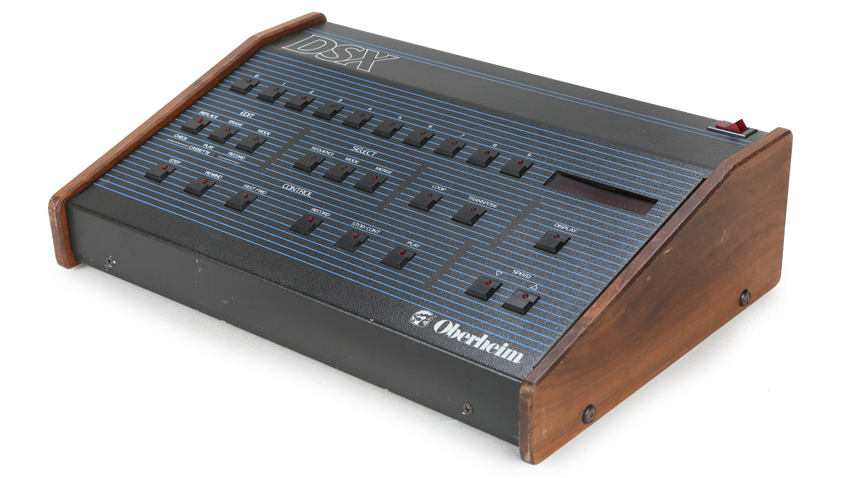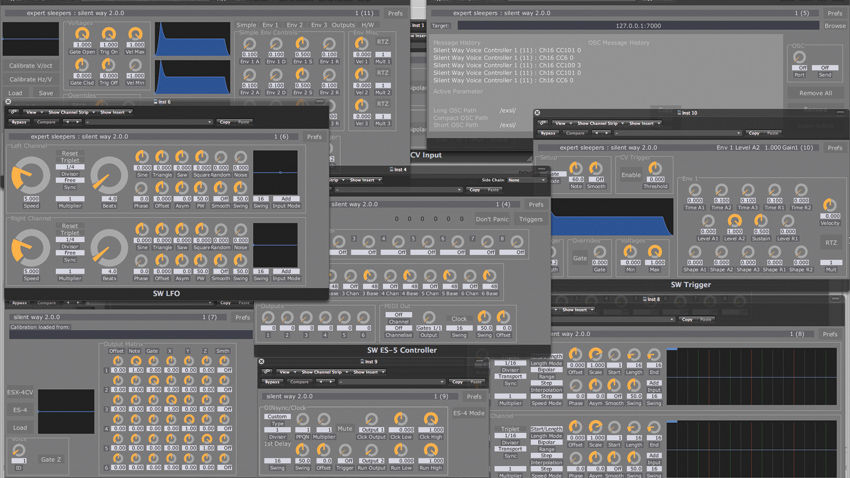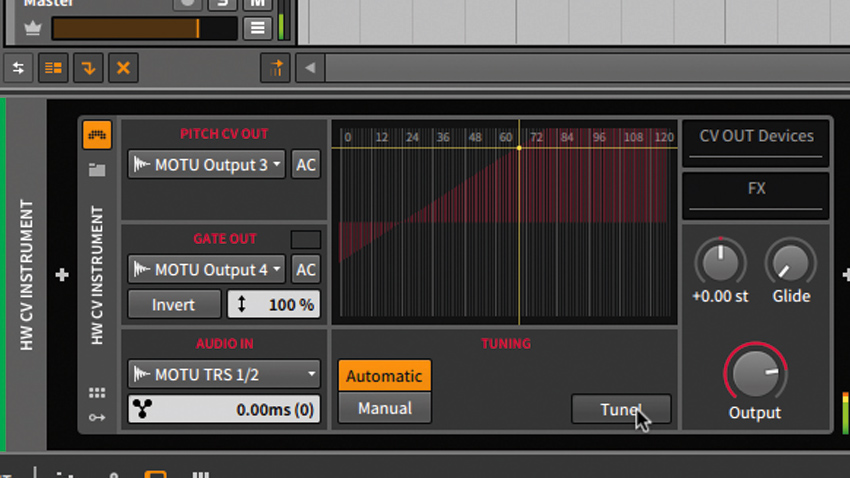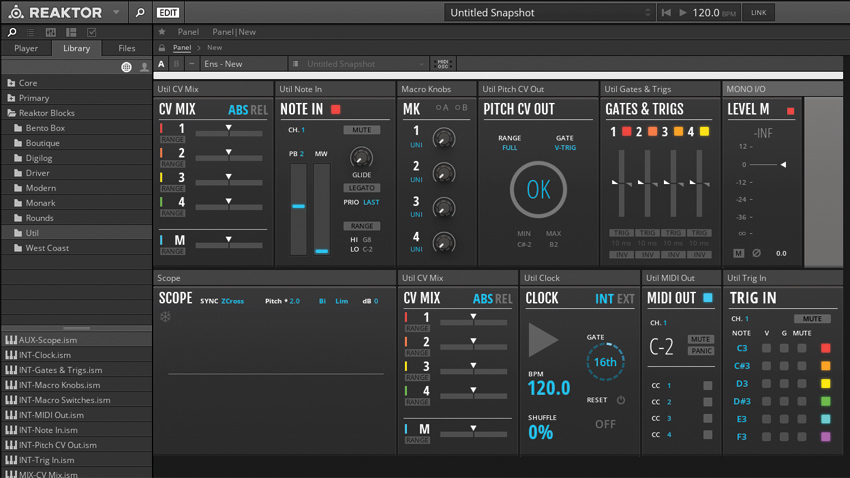Blast from the past: Oberheim DSX
The brain that powered Oberheim’s pre-MIDI ‘System’, the DSX ‘Digital Polyphonic Sequencer’ offered nine tracks of recording and unprecedented flexibility

Modern electronic music studios more often than not contain a hodgepodge of equipment from different manufacturers that - thanks to MIDI - can all communicate.
This wasn’t always the case. Before MIDI, very few synth manufacturers offered communication between instruments, and then it was via gates, triggers and voltages. Most followed the 1-volt-per-octave pitch standard put forth by Moog, while others, like Korg and Yamaha, chose an entirely different, incompatible approach.
Roland, Oberheim and PPG further complicated the issue by incorporating digital communication busses designed to be used with their own gear.
The proprietary Oberheim Parallel Buss allowed that company’s flagship devices to be interconnected to form the ‘Oberheim System’. At its heart was the DSX, a polyphonic sequencer that offered nine tracks, at least one of which was intended for use with one of the company’s synthesisers. In fact, the DSX couldn’t be used without one of their pricey synths, putting the System well out of reach of the gigging musician.
Of particular interest were the 16 gate/CV jacks around the back, providing control of up to eight CV-capable analogue synths. Only volts-per-octave instruments were supported - no Korgs or Yamahas. Sync jacks allowed the DMX or DX drum machines to lock up to the DSX, allowing for the creation of complete productions.
DSX specs
The DSX offered up to 6000 notes of storage, ten patterns and ten songs. Real-time and step entry could be performed, with varying amounts of quantisation applied, if needed. Looping and transposition were offered, as was the ability to store and send patches changes and key split/layer info to an Oberheim synth.
Though the DSX was introduced in 1981, Oberheim didn’t begin hawking its System until 1982 - a year before MIDI was standardised. Needless to say, the allure of the proprietary System couldn’t compete with the onslaught of interconnectable MIDI devices to come. Those that ponied up for an Oberheim combo could eventually have their System retrofitted with MIDI ports, but the analogue instruments the DSX was designed to control were rapidly falling out of favour, so it was hardly worth the effort.
Get the MusicRadar Newsletter
Want all the hottest music and gear news, reviews, deals, features and more, direct to your inbox? Sign up here.
Today, the Oberheim System’s requirements make it even less practical than it was in 1981. However, you no longer needs access to an Oberheim keyboard to get sequences into a DSX, thanks to Dan Nigrin’s DSX Hack. This cross-platform app can translate standard MIDI files into an audio file that can be fed into the DSX via its cassette interface. It’s a bit of a kludge, but it could make the DSX a powerful playmate in a modern modular rig.
Current practitioners will likely want to skip the middle step altogether, choosing one of the many software options that allow communication between computer and CV-capable instruments. After all, as appealing as the DSX’s single-line LED display may have been in 1981, it can’t compete with a modern computer or tablet.
The DSX and the System it commanded were an interesting footnote in the history of computer-assisted electronic music, to be sure, but it’s probably best left to collectors.
Three software DSX alternatives

Expert Sleepers Silent Way
Let’s face it, any DAW can do everything the DSX could do and better. However, most DAWs can’t communicate with the many CV-capable analogue instruments currently on the market. For this, a plugin suite like Silent Way offers the ideal solution, with its ability to shuttle CV and gate voltage through a compatible audio interface.
Read Expert Sleepers Silent Way 2 review

Bitwig Studio 2
This nifty DAW offers all mod cons, including built-in tools that enable gate, trigger, and control voltages to be sent back and forth between computer and analogue hardware. Like Silent Way, it’ll work best with specific (DC-coupled) audio interfaces, but you can get it to do some cool stuff with any interface.

Native Instruments Reaktor
With its recent introduction of the Blocks concept, Native Instruments brought Eurorack-style modular synthesis to Reaktor. Better still, some of those Blocks are designed specifically to interface with a real modular system - or any CV-capable hardware, for that matter. Again, an interface with DC-coupled outputs is required.


Computer Music magazine is the world’s best selling publication dedicated solely to making great music with your Mac or PC computer. Each issue it brings its lucky readers the best in cutting-edge tutorials, need-to-know, expert software reviews and even all the tools you actually need to make great music today, courtesy of our legendary CM Plugin Suite.










